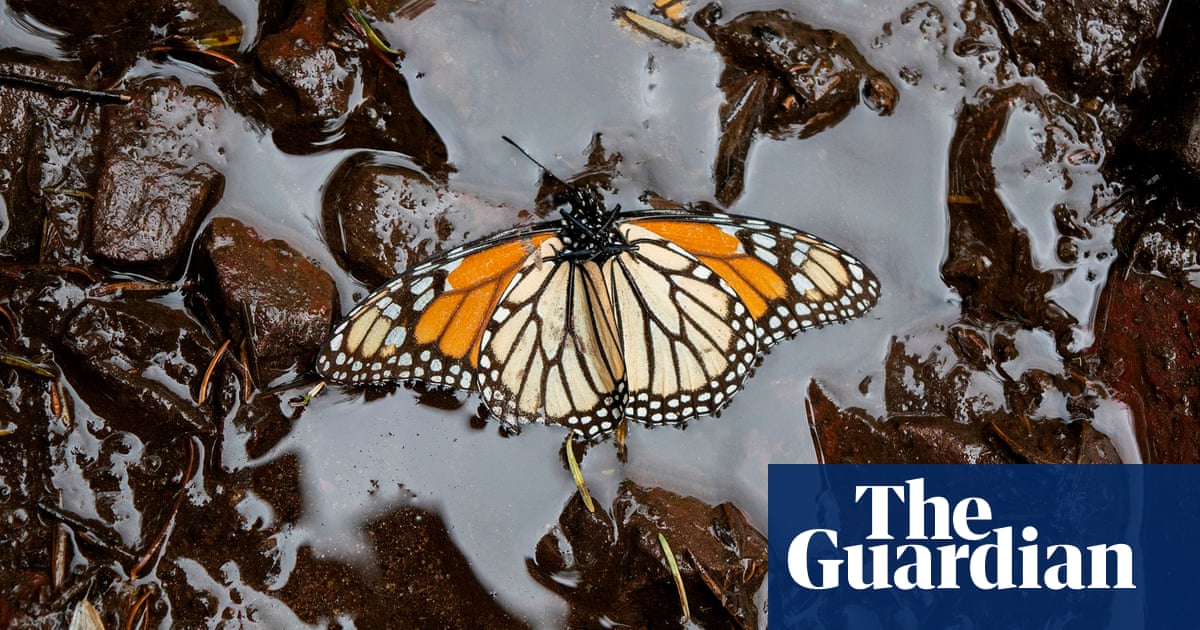
A quarter of Britain’s native mammals are “at imminent risk of extinction”, according to the scientists who have compiled the nation’s first official Red List of endangered species.
The 11 mammals include creatures of the mountains, woodlands and rivers, such as the wildcat, red squirrel, water vole, hazel dormouse and hedgehog.
The list has been approved by the International Union for the Conservation of Nature (IUCN), using the same robust and internationally agreed rules behind the global Red Lists of threatened species such as elephants and tigers. It has been produced for the official nature agencies of England, Scotland and Wales.
The destruction of natural habitat, alien invasive species and historic persecution are the main causes of the wildlife declines.
A further five mammals including the mountain hare are classified as “near threatened”, meaning they face becoming threatened with extinction in the near future.
There is not enough data on four other mammals, including the wild boar and whiskered bat, to make an assessment.
“All 20 species need urgent attention,” said Prof Fiona Mathews, at the University of Sussex and chair of the Mammal Society, who led the report.
“While we bemoan the demise of wildlife in other parts of the world, here in Britain we are managing to send even rodents towards extinction. Things have to change rapidly if we want our children and grandchildren to enjoy the wildlife we take for granted.”
Under IUCN rules, the timescale assessed is 10 years, or three generations of animals if that is longer.
“The three categories of threat – critically endangered, endangered and vulnerable – tell you about the probability of the animal becoming extinct within this imminent timeframe,” Mathews said.
Tony Juniper, the chair of Natural England, said: “This is a wake-up call, but it is not too late to act. We are working with our partners to recover our threatened and widely loved mammals, including licensing the reintroduction of beavers into England, and supporting the recovery of dormice and the grey long-eared bat, but there is so much more to do.
“Central to the recovery of these and other creatures will be the protection and restoration of large areas of suitable habitat.”
A report on all UK wildlife in October found that populations of the UK’s most important species have plummeted by an average of 60% since 1970 and that the UK was “among the most nature-depleted countries in the world”.
The losses mirror the global annihilation of wildlife, which many scientists say is the start of a sixth mass extinction on Earth and is undermining the natural life-support systems that humanity relies on.
There are four bats on the British Red List, including the endangered grey long-eared bat, which now numbers just 1,000. It depends on meadows, which have declined by 97% since 1945.
The hazel dormouse, which is nocturnal and climbs trees in search of hazelnuts, berries and insects, is classed as vulnerable due to loss of habitat. Hedgehogs have also lost their hedgerow homes and their numbers have approximately halved since 2007.
The numbers of critically endangered wildcats and endangered beavers are at very low levels due to historical persecution. Reintroductions can help reverse this, with beavers readily breeding in the wild.
Invasive species have also severely harmed native mammals. The endangered red squirrel has lost more than 60% of its range in the last 13 years, mainly due to disease from grey squirrels.
Water voles have declined due to the escape of American mink into the countryside, as well as loss of riverside habitats. Mathews said there were no systematic, long-term programmes to eradicate alien species.
Wild boar have also escaped after farmers brought them back to Britain in the 1990s. But they are a native species that was driven to extinction by 1800.
Mathews warned that species not on the Red List may still be in trouble. The range that a species occupies is often known, but frequently there is little or no data on the actual numbers of animals, which could be falling rapidly. Based on research in progress, “the weasel probably should be on the list”, she said.
Mathews said there was currently little reward for landowners who want to create habitats for wildlife. She said the new post-Brexit subsidy scheme in which the government proposes to pay farmers for public goods, such as wildlife, sounded promising.
“People are encouraged by, at least, the language that has been used,” Mathews said. “The question is: can it be rolled out on a large enough scale to actually deliver the wholesale changes we need? We need space for wildlife everywhere.”












